|
by Steve Galea | February 21, 2017
Recurring issues of illegal or poor angling behaviour that include littering, alcohol in public places, and wastage of fish have caused the Municipality of Port Hope to consider implementing night fishing restrictions and a $40 Municipal Access Fishing Pass. The proposals apply to stretches of the Ganaraska River owned by the Municipality or the Ganaraska Region Conservation Authority. These proposed resolutions will be presented to the Municipality of Port Hope Council on Feb. 21. The report recommends petitioning the Ministry of Natural Resources and Forestry (MNRF) to revise the Ontario Fishing Regulations to “prohibit night fishing on the Ganaraska River from August 15 to September 30, from 8 p.m. to 6 a.m., from the Robertson Street Bridge to the Jocelyn Street Bridge; And further, that By-law 45/2012, being a By-law to regulate, protect and govern the use of Parks, Recreation Areas and Park Facilities be amended to prohibit night fishing on the Ganaraska River from August 15 to September 30, from 8 p.m. to 6 a.m., on all Municipal properties from the Robertson Street Bridge to the Jocelyn Street Bridge…” Another proposed resolution calls for the creation of a Municipal Access Fishing Pass, for anglers between 18 and 65. It would permit fishing in municipal and Ganaraska Region Conservation Authority properties. The report containing the recommendations cites poor angler behaviour that includes “snagging, gaffing, and netting of fish, fishing in a sanctuary, harvesting roe, leaving remains to spoil, fishing without a valid license, and keeping more than the daily limits.” It also asserts that much of this behaviour occurs during the night. The report notes that the MNRF are not supportive of the Access Fishing Pass as it might restrict access to public fishing and set a precedent for other jurisdictions to follow suit. Ontario Federation of Anglers and Hunters Fisheries Biologist Tom Brooke said, “We’re aware that there are issues with fishing at Port Hope and that something needs to be done, but we are hoping that the Municipality would consider options that don’t restrict access to the fishery.” Brooke says public parking fees in the area or the licensing of food vendors who would serve anglers are two possible solutions. These would help the municipality recoup costs (which are reported to be almost $20,000) incurred from running and maintaining their fish cleaning station and porta-potties along the river. Jim McCormack, Director of Parks, Recreation and Culture for the Municipality of Port Hope said, “We had to do something. We as a Municipality are incurring costs in order to deal with fishing issues. The numbers of anglers are overwhelming, especially on weekends in the fall, and with that comes an overwhelming number of issues.” McCormack says the Municipality has trained members of the Port Hope Police Services to enforce fisheries regulations and have also introduced a zero-tolerance policy for violations. He says this has helped, but it is costly. “All the tickets we write for fishing violations go to the province and we are not recovering costs, so these proposals address that and the other issues.” He says that should the proposals be approved by council, by-laws and processes will still have to be developed. “We want to make this a smooth transition.” Because of this, should the proposals be approved, McCormack believes the changes will not be in place until autumn 2017. The Ganaraska River is the most-fished tributary on the north shore of Lake Ontario. The Municipality is seeking public comment on the issue until February 26. To learn about the issue and comment visit http://www.porthope.ca/community-consultation/salmon-fishing-report. 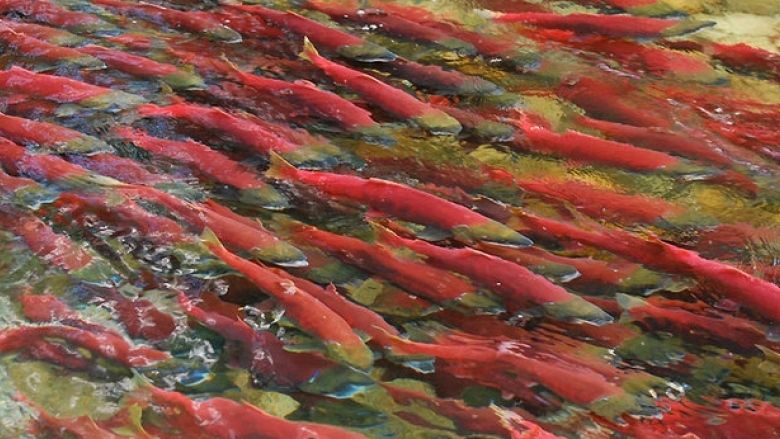 CBC January 10, 2016 Deadly salmon virus may be in B.C. waters, study suggestsEvidence of a deadly virus that has caused severe damage to the Atlantic salmon farming industry has been discovered in some farmed and wild B.C. salmon, according to a new study. Biologist Alexandra Morton of the Raincoast Research Society worked with statistician Richard Routledge of Simon Fraser University and other researchers to test for the virus in more than 1,000 farmed and wild salmon of varying species. The study published Jan. 6 in the peer-reviewed Virology Journal, found genetic matches for the European variant of the infectious salmon anaemia (ISA) virus in 79 cases. 'Pieces' of disease found "We never found the whole virus, we just found pieces of it, but the pieces of the virus can't exist by themselves, so it's concerning, because this is a member of the influenza family," Morton told On the Coast host Stephen Quinn. The farmed fish used in the study were collected from markets, which Morton said is a limitation. "We couldn't actually go to the fish farms and get the weaker, more diseased fish for testing," she said. Morton said the virus was dominant in Chile's farmed Atlantic salmon stocks for years, until a mutation appeared in 2007 and "ripped through the industry and caused over $2 billion in damages." Morton said wild salmon on B.C.'s coast are passing through areas where salmon are heavily farmed, and she worries what the virus may do to the wild fish. "I'm hoping this work could be an early warning .. and we can get a handle on this before it mutates and does something," she said. Salmon farmers dispute study ISA was previously suspected to be in the province in 2011, but at that time the Canadian Food Inspection Agency did not find any cases. Jeremy Dunn, the executive director of the BC Salmon Farmers Association, criticized the methods used in the study published in Virology Journal, calling the results "false positives." "The CFIA has been very definitive saying that ISA does not exist in British Columbia, and I can confirm that farm-raised salmon in British Columbia have never and are not showing any signs of sickness from this virus," he said. To hear the full story listen to the audio labelled: Evidence of a deadly salmon virus found in B.C. waters, study suggests A Great Lake revival
The demise of alewives and salmon in Lake Huron brought something nobody expected: An explosion of native species. Is Lake Michigan next? And could a more diverse ecosystem offer protection against Asian carp and other invaders? By Dan Egan of the Journal Sentinel staff Linwood, Mich. — Ernie Plant's eyes get wide when he talks about how spectacular Lake Huron's salmon fishing was back in the late 1980s, when his dad would take him up north on Friday nights after his high school football games. They'd spend fall weekends along the shore of the lake chasing the chinook that were chasing the alewives that ran so thick they even teemed in water-filled ditches along coastal roadways. A Watershed Moment Third of three parts Published Dec. 7, 2014
"We never had a boat," said the sales manager at Frank's Great Outdoors, a gear and bait shop north of Bay City. "But we didn't need one." When Lake Huron's salmon crashed a decade ago, Plant, who holds a degree in biology from Northern Michigan University, had no doubt the lake would eventually right itself and the fish would come back. And fish did return — but they weren't the fish Plant or many others expected. What has happened in the decade since the crash of Lake Huron's two dominant species — invasive Atlantic alewives and the giant Pacific salmon planted to gobble them up — is a remarkable story of nature's resilience. Efforts by lake managers to sustain the invasive alewives to keep the salmon fishing rolling had, for decades, pushed native species to the fringes. But when the alewife dwindled and the salmon followed, there was an almost instant surge in native lake trout, walleye, smallmouth bass, chubs and emerald shiners. "It all happened as soon as the alewives were gone," said Michigan Department of Natural Resources biologist Dave Fielder. "The natives started producing like crazy." The remarkable result is that today the top of the Lake Huron food chain more closely resembles its natural self than anytime since the lamprey and alewives invaded in the mid-1900s. Jim Johnson "Lake Huron's fishery," said Jim Johnson, a retired biologist with the Michigan DNR, "is more stable and robust in the past four or five years than it has been in a long time." It has everything to do with the disappearance of alewives, and little to do with Howard Tanner and Wayne Tody's grand salmon plan, crafted after alewives had over-run Lakes Michigan and Huron. Tanner said he was never interested in trying to bring back native species just because they were native. He wanted the best sport fishery he could fashion from the lakes — and for him that meant Pacific salmon. And that led to managing the lakes in a manner that would preserve the invasive alewives for the salmon to eat. Air Temp: +3C @ 7am start, +8C @ 10am finish Wind: 20km/h NW dropping to 10km/h NW Water Temp: 40.6F @ 7am, 42F @ 10am Fish: 3 Chinook, 3 Coho, 1 Laker, plus many more caught by friends in just a 3 hour span. RECAP:
The Salmon bite was ON for Lake Ontario but only lasted a week with the warm temps that arrived over this past week. Book your Great Lakes salmon trip this fall or next spring with Nomad Adventures before they are gone! Fishing has improved dramatically in Southern Ontario over the past 10 days. We had our first group of the season out on Lake Ontario for some spring trolling. Air: 10C @ 7am start, 19C @ noon finish Wind: 20km/hr W or less Water: 43-48F Fish: Brown Trout, Lake Trout, Coho Salmon Baits: body baits 3-4" long Things will only get better now until June. Be sure to contact Nomad Adventures for your next fishing adventure!
Jeff Wall | Nomad Adventures [email protected] This article is intended to provide basic information to anyone wishing to take advantage of the spring Great Lakes Steelhead fishery. Although we are targeting migratory rainbow trout, there are many incidental catches that fill our day with joy and help us learn tactics for catching other species we may encounter. Rainbow Trout (Oncorhynchus mykiss) is a species of salmonid which is native to the cold water tributaries of Pacific Asia and North America. Steelhead is an anadromous(sea-run), or in this case, lake-run form of Coastal Rainbow Trout(Oncorhynchus mykiss Irideus) that have been introduced to Great Lakes tributaries. These fish spend their first 1-2 years in the tributaries, then enter the Great Lakes, to later migrate back to their natal streams when they reach spawning maturity. Primary spawning runs occur in the Great Lakes tributaries from late March to late May depending on the winter. Season and HabitatTiming as they say is everything. Especially on a sunny, warm spring day where the lake hasn't been stirred up much. If the water is clear and sun is high, then I'm already off the water looking at my pictures of the day's catch. A light wind is not a bad thing either provided it is in your favour. I prefer to fish a small chop when fishing steelhead and other minnow eaters. It displaces the baitfish more and allows for a wider, deeper zone to troll through. Fishing can be equally as good in the last two hours of daylight too. Finding a lightly wind blown warm shoreline near a creek or river can give whole new perspective on Great Lakes kayak fishing if you time it right! A spot where the sun has warmed all day long with a decent outflow nearby will start to get a trickle of minnows just before dusk that can provide fast and furious action as the sun disappears. Most of the time you are fishing less than 20' of water. Fish are shallow as 5' when the sun comes up and usually stay in less than 20' until then light starts to really penetrate then water. Try to find temperature gradients close to a mud line as they are your best indicator of where to start fishing. The transitioning water colour from brown to green is the area you want to focus on the most. This is where the bait are hanging out to avoid being in plain sight. Zig-zag trolling in and out of the mud line will surely get you bit. This is the season where kayaks have a real advantage over motorboats because of the relatively silent trolling capability. There is no need to run inline planer boards unless you do it to clear other rods when trolling multiple. If you have a leg propelled kayak like a Hobie Mirage series then things are even that much more simplified with hands free fishing. We primarily target spring Steelhead before they enter the tributaries to go about their reproductive business. Anytime that conditions allow and you feel you are capable of dealing with them is the right time to go. This article is not about safety so if you feel there may be a risk and are not comfortable with it, then do not go. Steelhead begin entering Great Lakes rivers in October and can still be around in early June. Spring runs are more consistent from April to mid May. Once they are safely higher up in the system, it is our practice to give them free passage. Although we are not afraid to go and pound on a fresh run of fish near the lower stretches of rivers, we prefer letting those who passed the gauntlet, to carry on and make lots of future angling opportunities. Especially on rivers that yield wild fish! Locating and Timing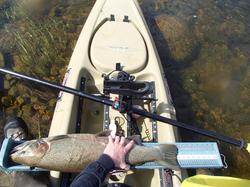 The old spawned out warrior in this picture is a catch we try to avoid but can't always when targeting migrating fish around rivers. For this reason we tend to concentrate our efforts in the lake near the river, rather than in it. He took about 5 mins to revive even in icy cold water. A chrome bright fish in the spring does not mean it is a fresh arrival! Many steelhead finish their spawning ritual before the river season opens, and they are almost fully healed from their wounds, leaving them with their beautiful silver sheen. These kelts are the most sensitive of the lot. They are extremely hungry and feed ravenously on anything they can find. They are also very susceptible to death if hooked and and fought to exhaustion with less oxygen in the warming rivers. They cannot recover since they have no reserve body mass to fall back on. Please do not target these fish! 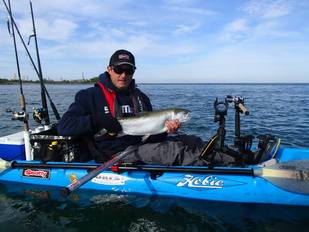 This spring hen was caught in Lake Huron near a major tributary. She was fully recovered from spawning and caught June 1 gorging herself on shiners when she hit a Live Target Rainbow Smelt. Anything resembling a shiner or smelt style minnow and fished near a river outlet on the Great Lakes will get bit... by something. It will most likely be a steelhead, coho salmon, or brown trout but could be any number of other species following the bait. Move around in the lake until you mark bait or spot it. 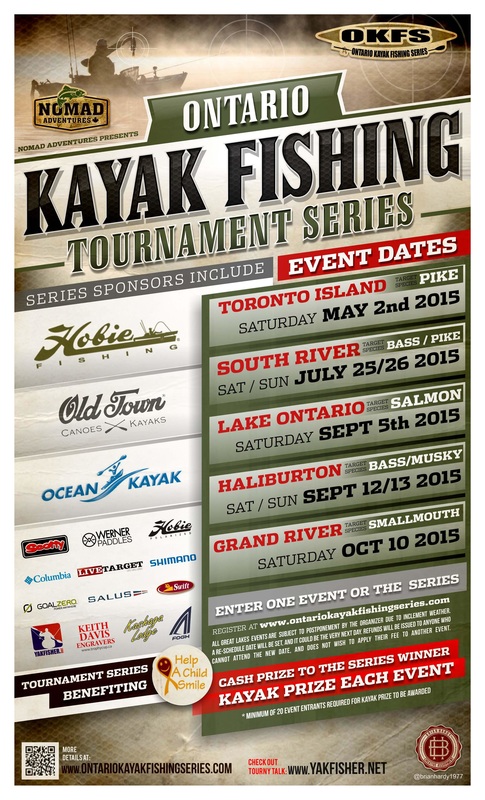 2015 Tournaments: Toronto Island Pike: May 2 - Old Town Predator 13* South River Bass/Pike: July 25-26 - Hobie Mirage Drive Outback/Revolution Lake Ontario Salmon: Sept 5 - Ocean Kayak Trident Ultra 4.3* Haliburton Bass/Musky: Sept 12/13 - TBA likely a Wilderness product Grand River Smallmouth: Oct 10 - Old Town Predator MX* (* min 20 pre-registered anglers to have kayak prize) This year OKFS is taking on a very different format that enables more winners. It will be a heavy multi-species rather than bass focus. There are only two 2-day events South River and Haliburton. Five events with a kayak for first place at each single day event plus a cash prize to the Champ. There will be a kayak raffled off at each of the two day events. A Female Angler division will be held at South River if we are able to get 10+ female anglers to attend. This will allow for a kayak prize to this new division. Series Champ is determined by the individual with the highest points total of any three multi-species combination. Single day totals only, allowing single day results from two-day events also. Upgrading allowed throughout duration of series. Full details and updates at http://www.ontariokayakfishingseries.com/info--registration.html An interesting perspective on the Lake Huron salmon fishery from nearly four years ago, reads fairly accurately in consideration of what is happening today. Not 100% in agreement with what is going on with Lake Huron salmon is widespread. Some areas appear to be making a comeback in the Ontario region at least. Coho's, Pinks, Chinook, and yes even some Atlantics have shown up in recent years... thanks LSSU! Not big numbers or size by any means but a welcome sight nonetheless. Collapse of Lake Huron salmon fishery offers lessons
Jeff Alexander | Muskegon Chronicle By Jeff Alexander | Muskegon Chronicle Follow on Twitter on April 19, 2011 at 12:00 PM The Great Lakes provide an important food source for the region and the country. As such, the productivity of the lakes depends on a variety of human and environmental factors. The food web and interlocking food chains in the lakes are complex and ever-changing. In the mid-1990s, when disease ravaged the Lake Michigan chinook salmon fishery, anglers flocked to Lake Huron . The glory days of Lake Huron’s salmon fishery lasted roughly a decade, until a combination of factors — all driven by human activities — caused the salmon population to crash in 2003-04. It has not recovered. Michigan anglers who fished out of 10 Lake Huron ports last year caught 3,200 chinook salmon, a record low. That was a 95 percent drop from the average annual catch of 75,000 at those same ports between 1986 and 2003, according to state data. “Last year ... about as low as it could get,” said Jim Johnson, a research biologist for the Michigan Department of Natural Resources. Lake Huron’s salmon crisis is a cautionary tale for Lake Michigan’s still-thriving salmon fishery: The lakes share many of the environmental factors that caused Lake Huron’s salmon fishery to collapse. Huge numbers of foreign quagga mussels are wreaking havoc on the food chain in both lakes. The number of prey fish, the small fish that salmon and other large fish eat, has plummeted in recent years. The fall of Lake Huron’s chinook population was quick, dramatic and painful — for the fish, anglers and coastal communities that reaped millions of dollars in economic benefits from the fishery. |
FISHING NEWS ONTARIOOntario and Great Lakes region salmon, steelhead, and migratory trout fishing articles, information, news, and reports. Stay up to date on our most recent trips, events, tournaments, and general news on adventure fishing and kayak fishing in Ontario and Canada. Archives
April 2021
Categories
All
Links |

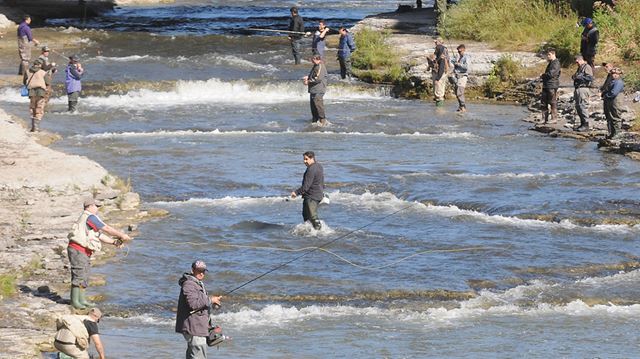
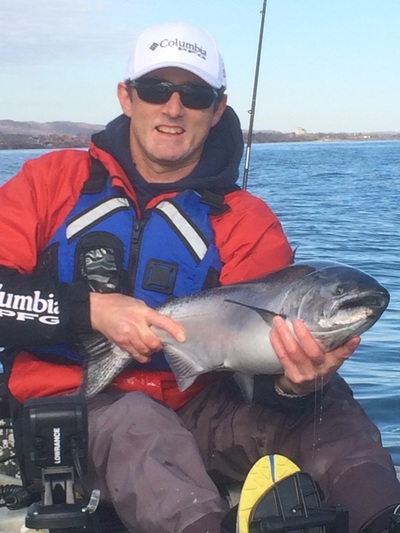
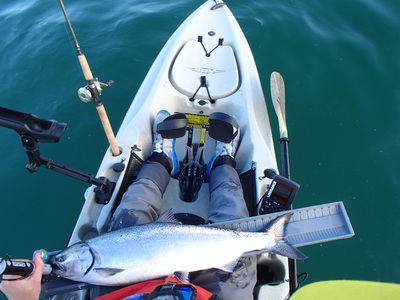
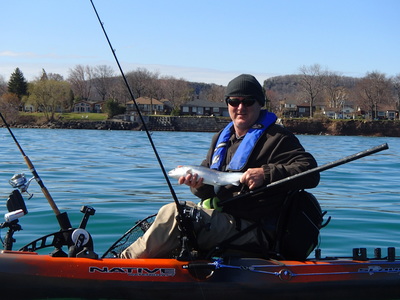
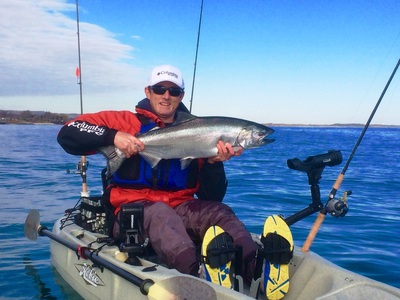
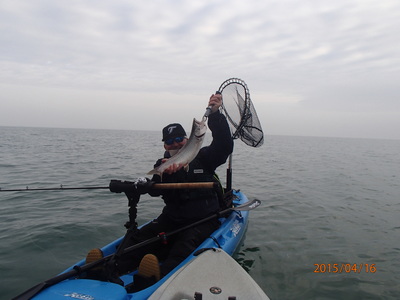
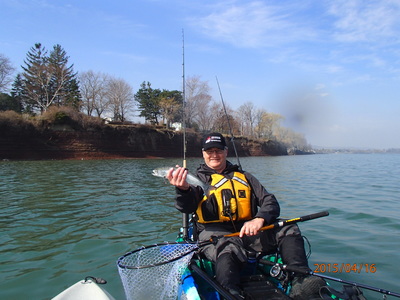
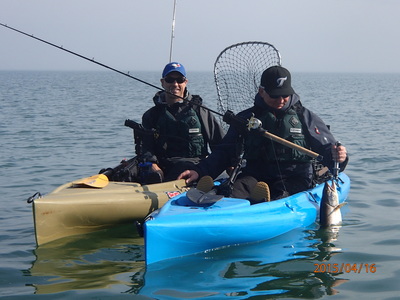
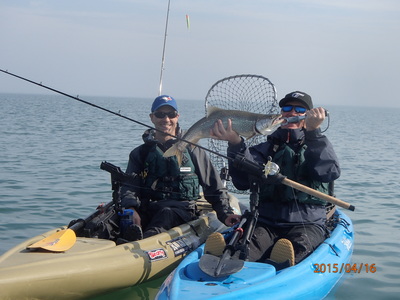
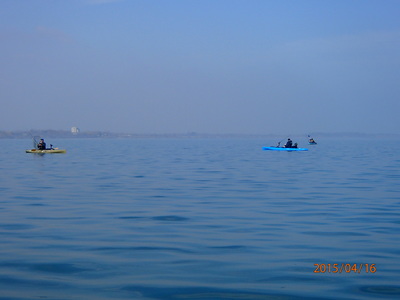
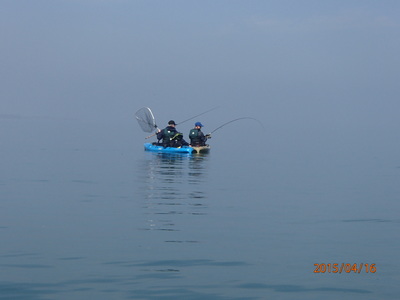
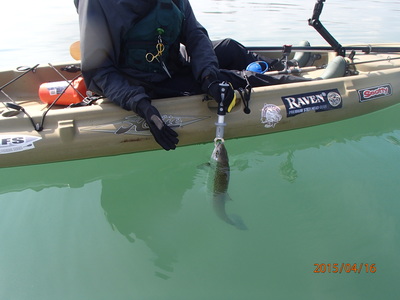
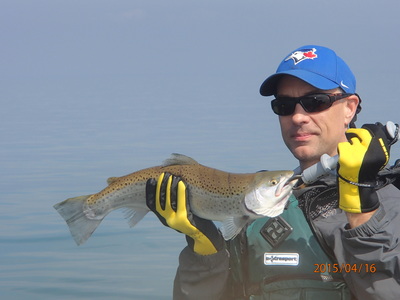
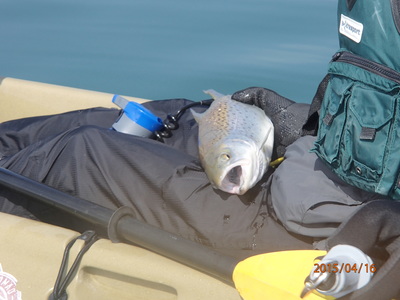
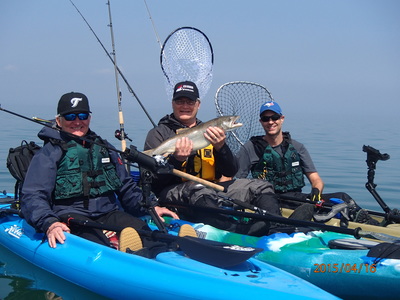
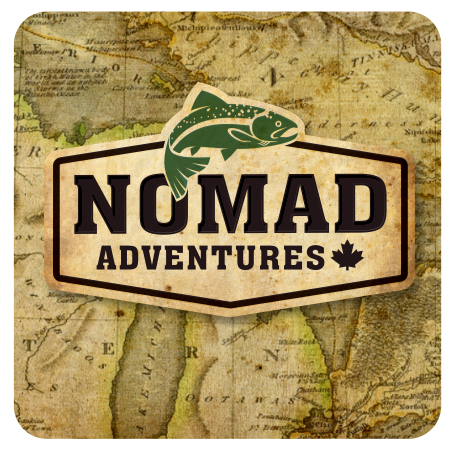

 RSS Feed
RSS Feed